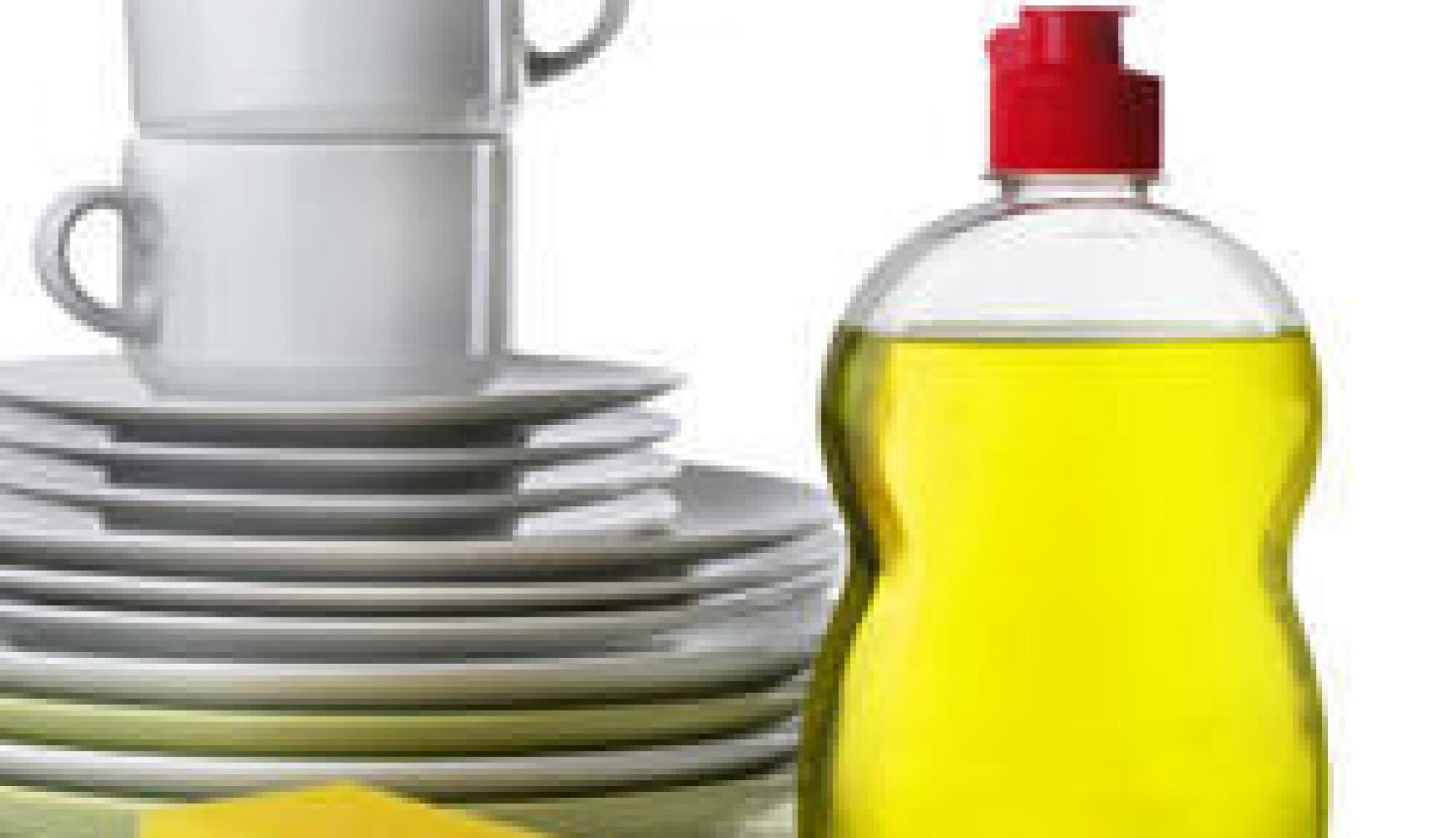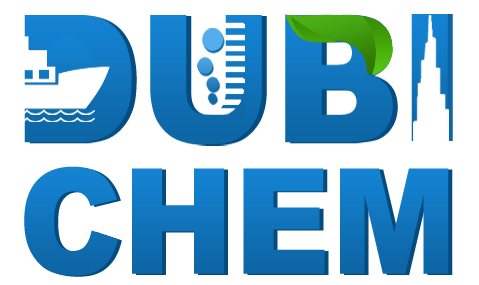
Dishwashing liquid (BrE: washing-up liquid), known as dishwashing soap, dish detergent and dish soap, is a detergent used to assist in dishwashing. It is usually a highly-foaming mixture of surfactants with low skin irritation and is primarily used for hand washing of glasses, plates, cutlery, and cooking utensils in a sink or bowl. In addition to its primary use, dishwashing liquid also has various informal applications, such as for creating bubbles, clothes washing and cleaning oil-affected birds.
Hand dishwashing is generally performed in the absence of a dishwashing machine, when large "hard-to-clean" items are present, or through preference. Some dishwashing liquids can harm household silver, fine glassware, anything with gold leaf, disposable plastics, and any objects made of brass, bronze, cast iron, pewter, tin, or wood, especially when combined with hot water and the action of a dishwasher.[6] When dishwashing liquid is used on such objects it is intended that they are washed by hand.
Hand dishwashing detergents utilize surfactants to play the primary role in cleaning.The reduced surface tension of dishwashing water and increasing solubility of modern surfactant mixtures allows the water to run off the dishes in a dish rack very quickly. However, most people also rinse the dishes with pure water to make sure to get rid of any soap residue that could affect the taste of the food.
Dishwashing liquid can be a skin irritant and cause hand eczema. Those with "sensitive skin" are advised amongst other things to persuade someone else to do the washing up.
uses
Reader's Digest notes its use as an ant killer, weed killer, to help spread water-borne fertilizer, and to wash human hair.[18] Good Housekeeping says it can be used mixed with vinegar to attract and drown fruit flies.Dishwashing detergent has been used to clean mirrors as well as windows.
Pling, an open source general purpose cleaner for glazed, plastic, chrome and inox bathroom and kitchen surfaces, published by Twibright Labs, uses dishwashing liquid as one of active ingredients.
Dishwashing liquid can be mixed with water and additional ingredients such as glycerin and sugar to produce a bubble-blowing solution.
Dishwashing liquid may be used for cleaning delicate clothing fabrics such as hosiery and lingerie.
Dishwashing liquid is frequently recommended in a dilute solution to make decals and vinyl graphics easier to position when applying.
In industry, dishwashing liquid is also used to inspect pressurized equipment for leaks, such as propane fittings. It is used to inspect pneumatic tires for flats, as well as for quality assurance during the installation process, and as a mounting bead lubricant.
Dishwashing liquid has used as an ingredient in making homemade garden pest deterrents. Oregon State University's Cooperative Extension Service notes the use of dishwashing liquid to get rid of spider mites. Dish soap has also been used to deter aphids. In some instances, the dish soap may be toxic to plant leaves and cause them to "burn". Use of soap or dish detergent to help spread pesticide on plants is noted by University of Georgia extension service, but not recommended.
A solution of dishwashing liquid and water may be used to remove coffee, tea, olive oil, soda and fruit juice stains from fabrics. One dishwashing liquid brand has been used to remove stains from white or lightly-coloured cloth napkins.
An oiled Gannet being washed
Dishwashing liquid has been used to treat birds affected by oil spills. After the Exxon Valdez oil spill in 1989, the International Bird Rescue Research Center received hundreds of cases of dishwashing liquid that were used for this purpose. More dishwashing liquid was donated during the Deepwater Horizon oil spill to the International Bird Rescue Research Center and the Marine Mammal Center.
